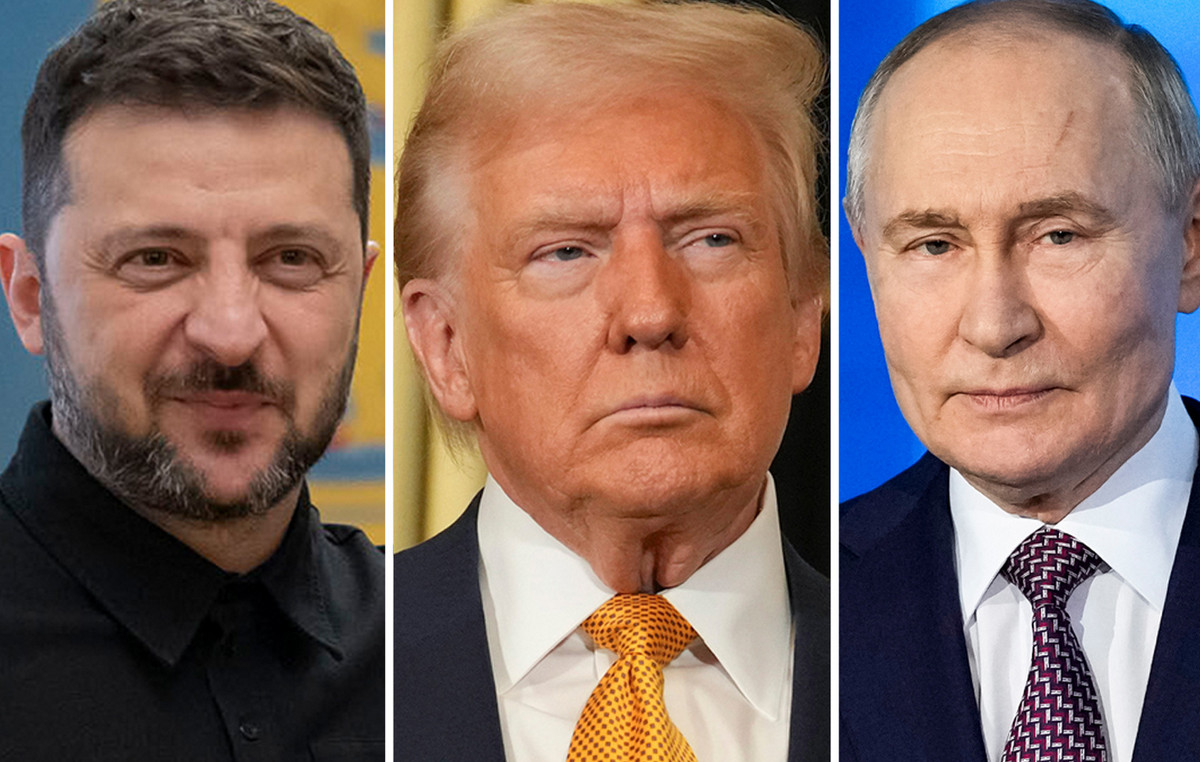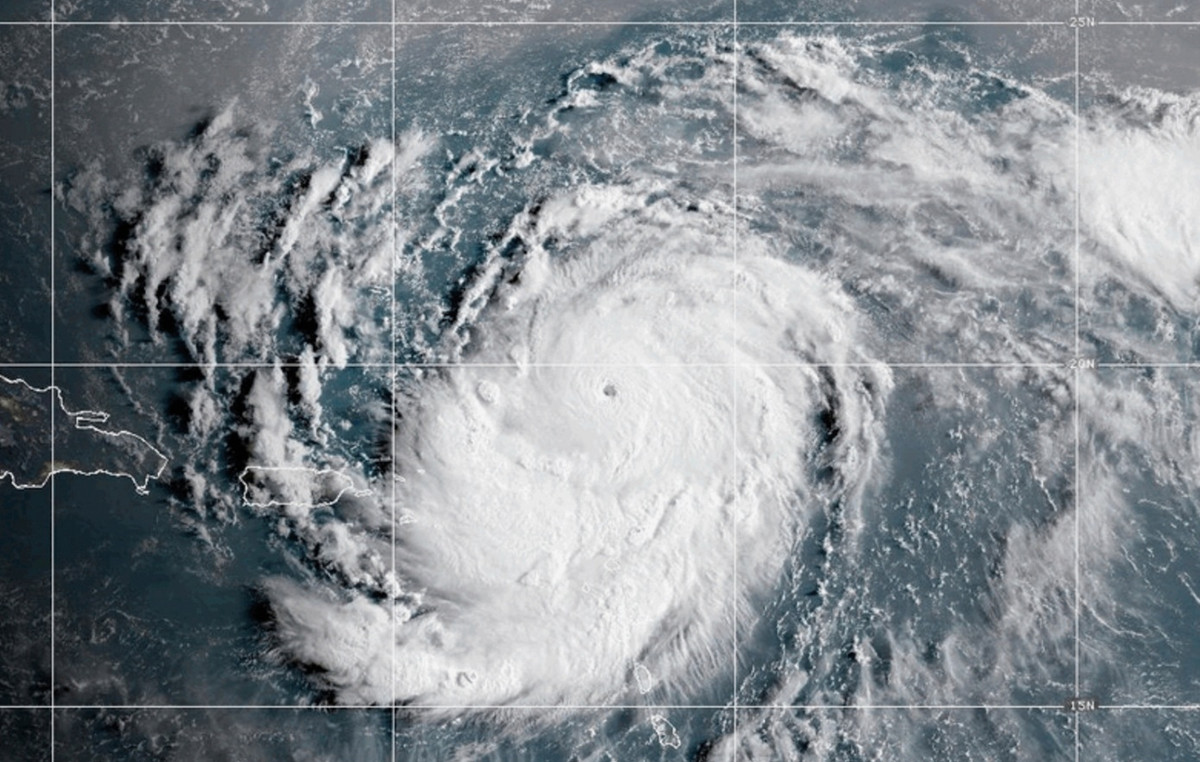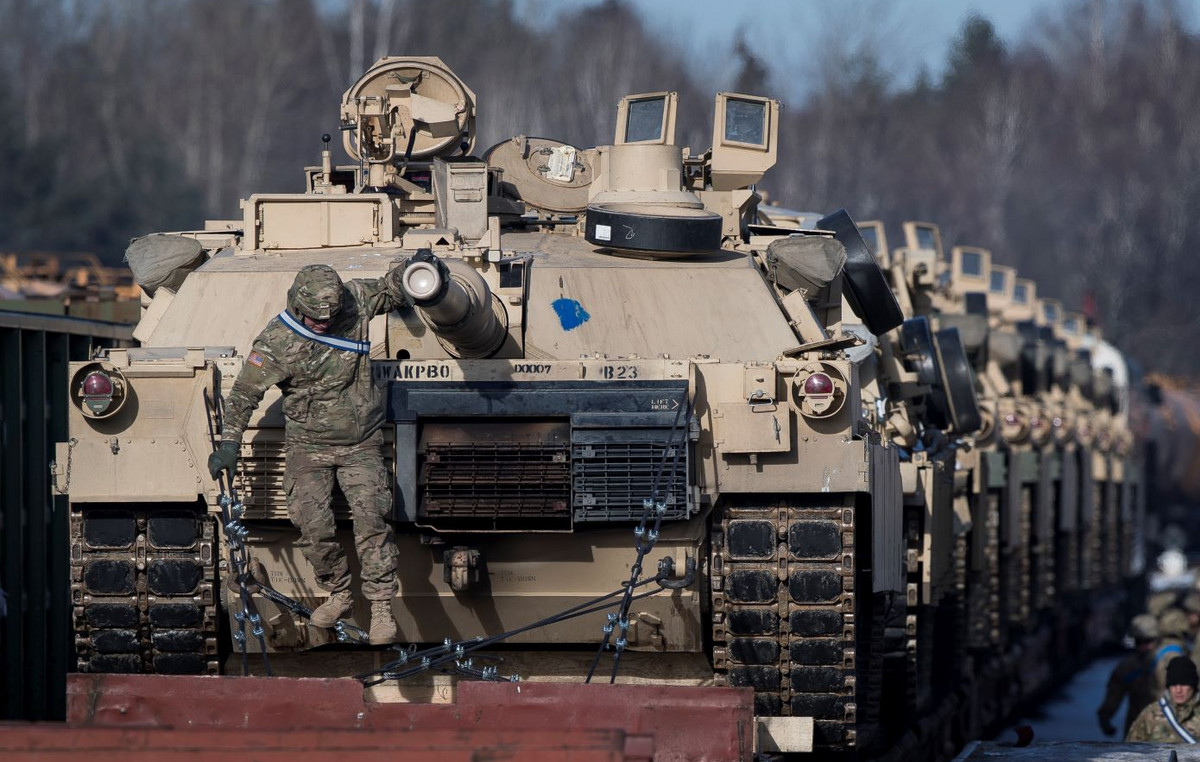The deceleration registered in the inflations From United States and Germany in July, as well as a lower-than-expected data in China, may indicate the beginning of a movement of global cooling of inflationary pressures, say experts to the CNN Brasil Business .
This movement would be linked to two factors. The first, an economic slowdown in a number of economies as central banks raise fees to fight record levels of inflation .
The second, a consequence of the first, is a fall in the international prices of commodities which end up reflecting in all countries.
In July, US inflation measured by the Consumer Price Index (CPI) was stable compared to june , with the accumulated in 12 months falling from 9.1% to 8.5%. In Germany, the accumulated decreased from 7.6% to 7.5% and in China, reached 2.7% less than the 2.9% projected by the market.
There is also the case of Brazil, where the Broad Consumer Price Index (IPCA ) registered deflation of 0.68% in last month, with the 12-month cumulative falling from 11.89% to 10.07%.
perspectives
for the experts CNN in economics and chief economist at MB Associados Sergio Vale, the data for July are still recent and alone do not indicate a trend. Even so, they are positive.
“The second semester should see a slowdown in activity, with cheaper commodities, which is positive for the deceleration in inflation and reflects in Brazil”, he explains.
The trend is that, if the July results are confirmed in other months, the deceleration of inflation will allow central banks not to have to raise interest rates as much as initially expected, including the United States. With lower interest rates, the dollar it is less attractive to investors, allowing investment flows in markets such as Brazil, helping with exchange rate appreciation.
Vale considers that the scenario of deceleration of inflation around the world will depend on a continuation of the prices of commodities falling or at lower levels than in the first half of the year and on a global slowdown in economic activity, which would also affect the prices of these products.
He points out, however, that “even if inflation slows down, countries will still need to raise interest rates, because the labor market is still very heated in these places and inflations are far from the targets, but they would not need to rise so intensely with the Inflation falling earlier than expected.
In this scenario, the inflation data show signs that the fall in the prices of commodities and industrial goods are beginning to reflect on inflation, according to the economist at Banco Original Marco Caruso. The trend, he says, is a widespread deceleration in numbers around the world.
In the case of the United States, he assesses that the result of the core of the indicator, which excludes food and energy, surprised with a value below the market.
“It was expected that goods would sag, but the tight labor market would keep the core under pressure, and it came lower. In that case, we need to see the next data to see if it is something isolated, I believe that the cores must still have resistance from the labor market”, he says.
The trend is that a combination of a global economic slowdown, normalization of production chains and a fall in commodities will generate a relief for inflation of foods , fuels and industrial products in the coming months, says Rico’s chief economist Rachel de Sá.
“After all, a world that grows less consumes less, produces less and demands less goods and basic inputs”, he emphasizes.
Another factor is the emergence of the effects of more contractionary monetary policies around the world, as a result of the fight against inflation, points out Avenue’s chief strategist, William Castro Alves.
“Apart from that, a large part of this US inflation data was essentially due to the drop in oil and derivatives, with a very relevant weight, which ends up having a great impact. When the US economy slows down, it impacts the whole world, and the data already conjecture a slowdown in inflation”, he says, also citing lower growth projections in the China and on Europe .
next months
But it will still be necessary to wait for the next inflation data to determine whether a global slowdown in prices is really taking place, assesses Nord Research founding partner Marilia Fontes.
Even if this is the case, she points out that inflation rates should still end the year far from the targets in most countries, forcing the continuation of interest rate hikes for a few more months.
She says the market viewed the July data with optimism, especially in the United States, where the reading was that inflation has peaked and will now begin to decline.
“I think it’s premature to believe that, you need to see new data and items like salary. The market was under pressure and now expects peak inflation with a downward trend. With that, the fed You may think you have arguments to lower interest rates, but you will still need to keep raising interest rates”, he says.
The optimism was reflected in the projections for the next interest rate hike in the United States. After the lower-than-expected inflation data, an increase of 0.5 percentage point gained strength again, instead of one of 0.75 pp
This more positive feeling, however, can be hasty, in Fontes’ view. “I still see controlling inflation as a challenge because more structural data, linked to services, take longer to fall and are at very high levels”.
Gustavo Sung, chief economist at Suno, highlights that there are still many uncertainties in the global scenario that can become factors of inflationary pressure.
“There may still be repercussions of the war in Ukraine, with new sanctions on the Russian oil market, cuts in gas exports to Europe, which could put pressure on prices. Industrial costs are still high, food costs also due to the war,” he points out.
Therefore, he considers that the July data may indicate a deceleration, but it is necessary to see the numbers of the coming months to confirm the movement and wait for the possible inflationary risks to materialize or not.
Sung believes it is likely to see a stronger slowdown between the end of 2022 and the beginning of 2023, when the effects of higher interest rates will appear more strongly, slowing economies and causing commodity prices to fall further.
There is also the risk that the decelerations in the previous month were punctual. Débora Nogueira, chief economist at Tenax Capital, believes that US inflation is a “false signal”.
“With families in a healthy financial situation, this return of reopening prices should not have a long sequence. There are still services left, still pressed against a continuous moderation in goods. This scenario is consistent with the continued tightening of the Fed, which is expected to deliver higher rates at a pace of 0.5 pp up to a terminal rate of 4.0%,” he says.
For her, “the accommodation of energy and goods prices should continue in the next investigations. The key here is whether there will be a contagion of this moderation in core services inflation.”
There was also the influence of one-off measures taken by governments to contain inflation. Nogueira points out that the government of Germany took steps to control energy prices, helping to lower the result.
In the case of Brazil, there was a reflection of the approval of the ICMS ceiling in fuel and energy charges, the two groups that led the IPCA to deflation.
With this, it will be necessary to monitor whether the numbers will continue to decelerate in the following months.
“Until the Fed’s next decision in September, we have more employment and inflation releases that can help predict the central bank’s move. Our view is that US inflation should continue to decelerate slowly, due to the Fed’s more restrictive monetary policy, however, it should not return to the 2% target in the near future”, says Claudia Rodrigues, economist at C6. Bank.
Source: CNN Brasil
I am Sophia william, author of World Stock Market. I have a degree in journalism from the University of Missouri and I have worked as a reporter for several news websites. I have a passion for writing and informing people about the latest news and events happening in the world. I strive to be accurate and unbiased in my reporting, and I hope to provide readers with valuable information that they can use to make informed decisions.







